Hawaii Volcanoes National Park

Hawaii Volcanoes National Park is an area along the southeastern shore of the island of Hawaii, U.S., a UNESCO World Heritage Site since 1987.
Culture and Nature Blogs: study of ancient cultures; learn how people of the past lived, believed, traded, worked with nature, and moved across the landscape.

Hawaii Volcanoes National Park is an area along the southeastern shore of the island of Hawaii, U.S., a UNESCO World Heritage Site since 1987.
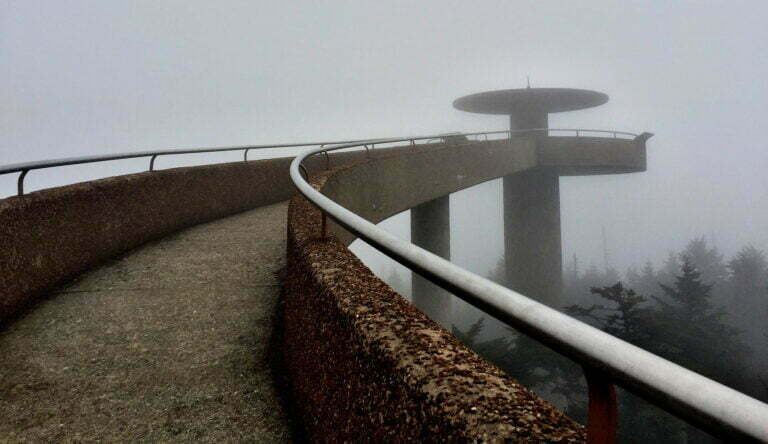
The Great Smoky Mountains, or Tennessee Mountains or Smoky Mountains, in eastern Tennessee and western North Carolina, U.S., were a UNESCO World Heritage Site from 1983 onwards.
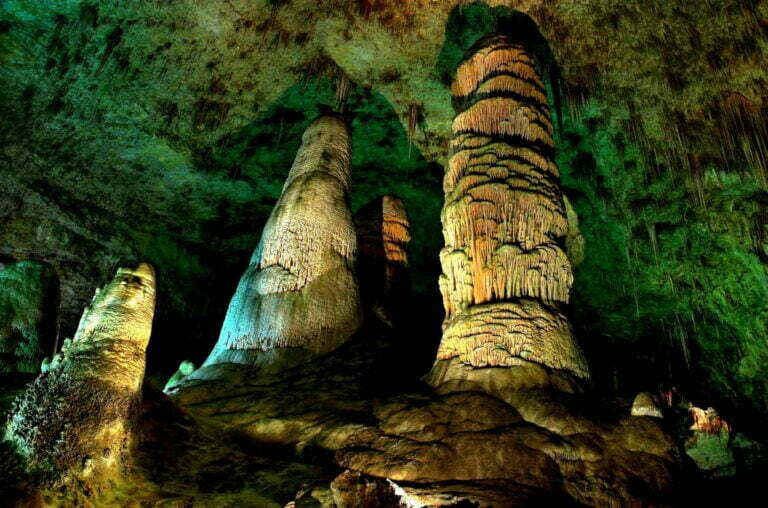
Carlsbad Caverns National Park in New Mexico, a part of the Chihuahuan Desert in the United States, became a UNESCO World Heritage Site in 1995.

The redwood forests of Redwood National Park run alongside the Pacific Ocean north of San Francisco, USA, and were a UNESCO World Heritage Site from 1980 onwards
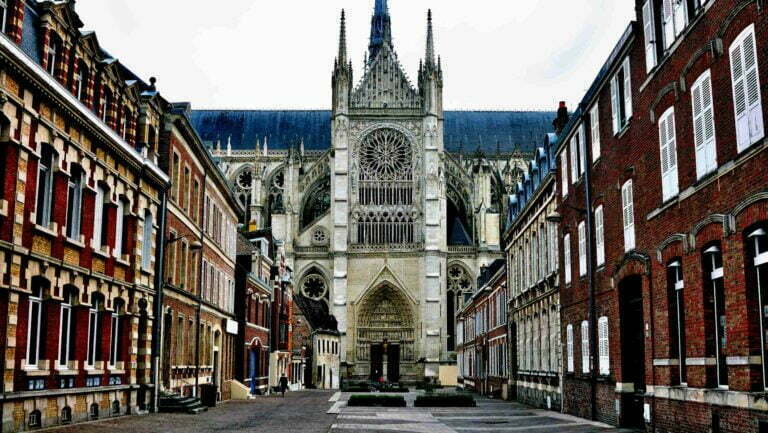
Amiens Cathedral, situated in the Hauts-de-France region, specifically in the Department of the Somme, is a truly monumental architectural masterpiece. It ranks among the largest churches in France and stands as one of the most complete examples of 13th-century Gothic architecture. What makes it particularly remarkable is the meticulous coherence of its design, characterized by a perfectly symmetrical layout of the nave and choir on either side of the transept, a breathtaking three-tier interior elevation, a pioneering structural lightness that heralds a new era in the conquest of luminosity, an opulent array of sculpted ornamentation, and stunning stained glass. All these elements combined make it a truly outstanding representation of medieval architecture. The construction of Amiens Cathedral was completed in less than a century, characterized by a high degree of continuity among the master builders who worked on it. Here are some historical facts about the cathedral.

Hoian, or Hoi An Vietnam, also known as Hoi An Ancient Town, is famous for its Lantern festival in Vietnam and was a UNESCO World Heritage Site from 1999 onwards
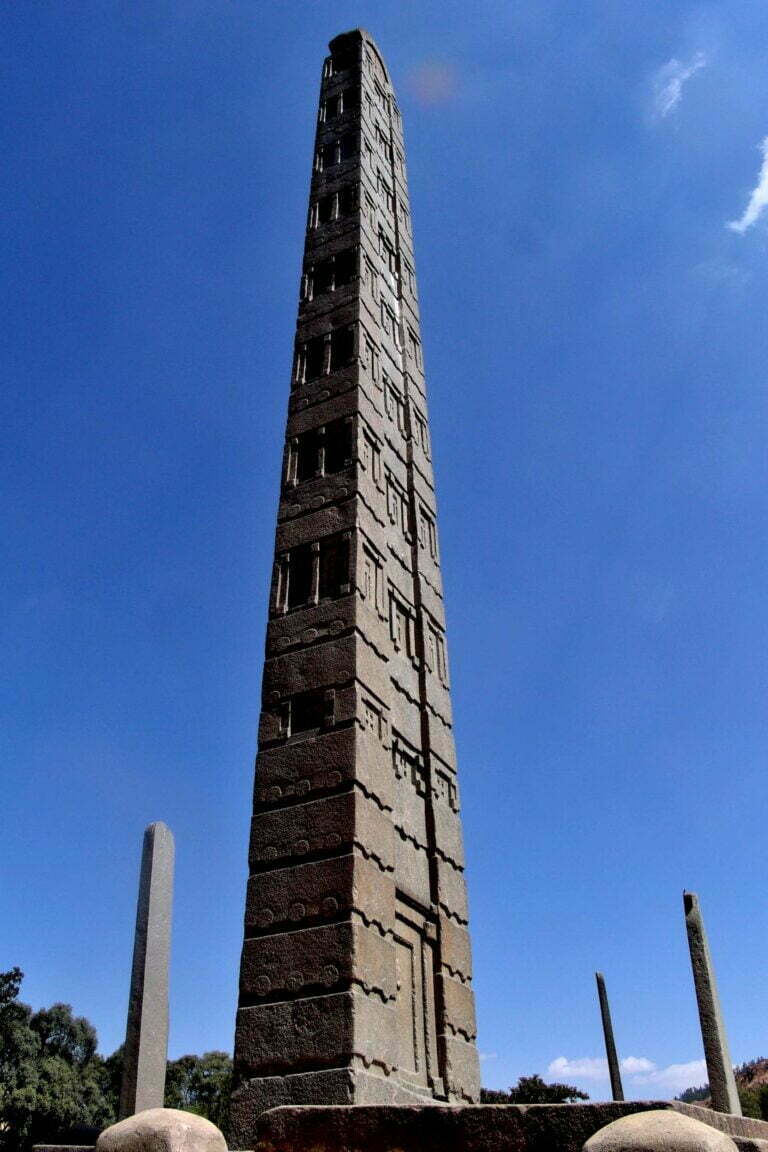
The Aksum Empire, alternatively known as the Kingdom of Aksum or Axum, represents an ancient civilization located in present-day Ethiopia and Eritrea. Situated near Ethiopia’s northern border, the city of Aksum serves as a poignant reminder of ancient Ethiopia’s heart. Flourishing from the 1st to the 13th centuries AD, the Aksum Kingdom held a formidable position between the Eastern Roman Empire and Persia. Archaeological remnants, including colossal obelisks, stelae, royal tombs, and ancient castle ruins, underscore the kingdom’s historical significance. Despite its decline in the 10th century, Aksum retained symbolic importance as the site where rulers were crowned. Presently, governance over the remnants of the Aksumite empire is shared among Ethiopia, Eritrea, Djibouti, Somalia, and Somaliland. Through strategic endeavors such as farming, cattle-raising, and trade route control, Aksum thrived by exchanging gold and ivory for luxury goods, contributing to Ethiopia’s cultural identity. Key features and aspects of the Aksum Empire include:
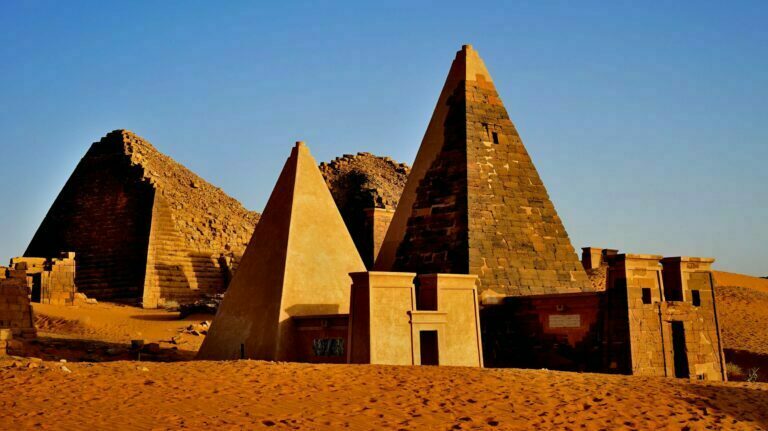
Meroe, also known as Meroe Pyramids or Nubian Pyramids and colloquially as Meroe Sudan, are pyramids in Sudan that were designated as a UNESCO World Heritage Site in 2011
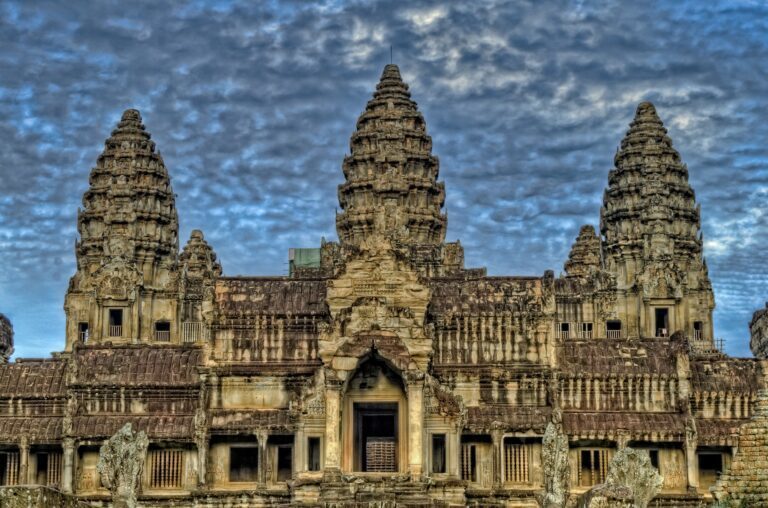
Angkor Wat is a temple complex in Angkor, Cambodia, near Siemréab. It was built by King Suryavarman II in the 12th century. A UNESCO World Heritage Site since 1992
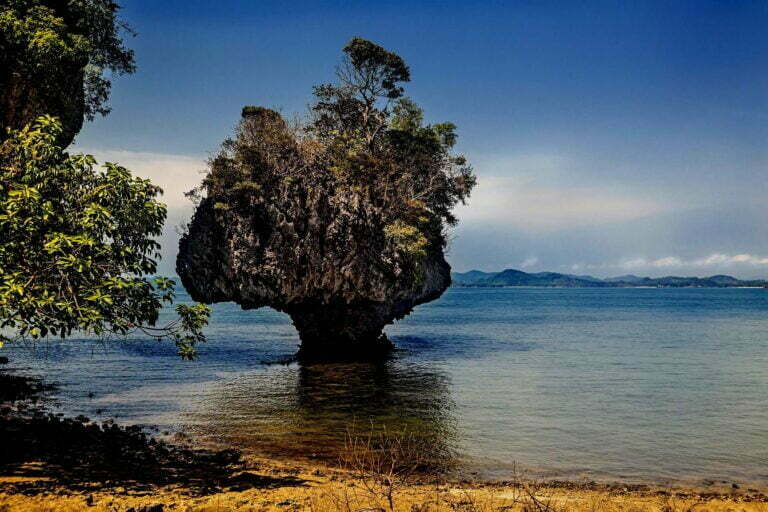
Halong Bay is on the Gulf of Tonkin's northwest coast. Located in Vietnam's Quang Ninh Province, 164 km southeast of Hanoi, near the city of Ha Long (Hong Gai)
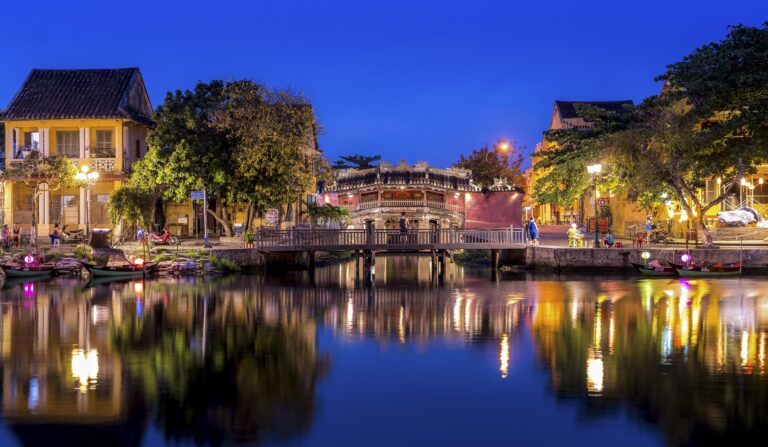
8 Vietnam UNESCO World Heritage Sites. Halong Bay. Hoi An. Thang Long. My Son Sanctuary. Trang An. Phong Nha-Ke Bang National Park. Ho Dynasty. Hue Monuments
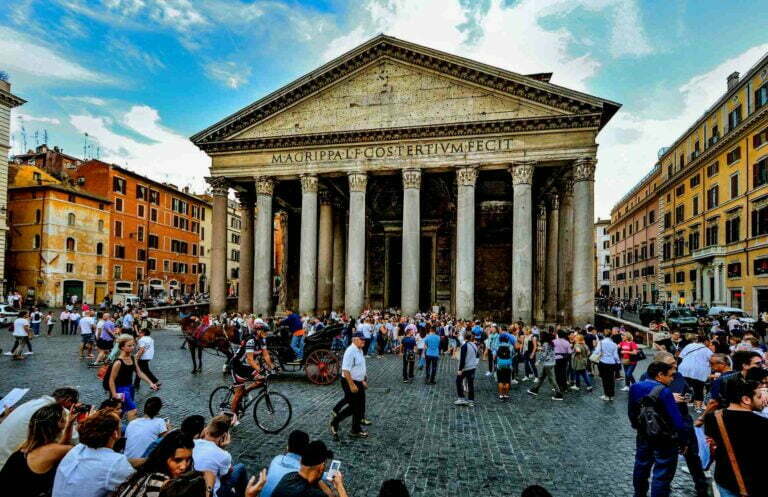
The Pantheon in Italy is one of the Roman buildings that has survived the best. Senator Marcus Agrippa built the Pantheon in 25 B.C.